AI Camera Caira Goes Viral! Can Revolutionary AI Image Generation Really Overturn the Traditional Camera Market?
![]() 10/30 2025
10/30 2025
![]() 472
472
While not quite advanced enough to outshine the top performers, it still outperforms numerous alternatives.
At MWC 25, Xiaomi introduced its inaugural external optical gadget, boasting an M43 sensor, 100-megapixel resolution, and a 35mm equivalent focal length, compatible with a special edition of the Xiaomi 15. Despite these impressive specifications, the device still depends on the smartphone's processing capabilities to run AI algorithms that enhance image quality.
Perhaps drawing inspiration from Xiaomi, the UK-based Camera Intelligence recently launched an 'AI camera' dubbed Caira. Upon its release, Caira ignited widespread debate, leading the company to secure $2 million in funding and emerge as the most talked-about AI camera firm.
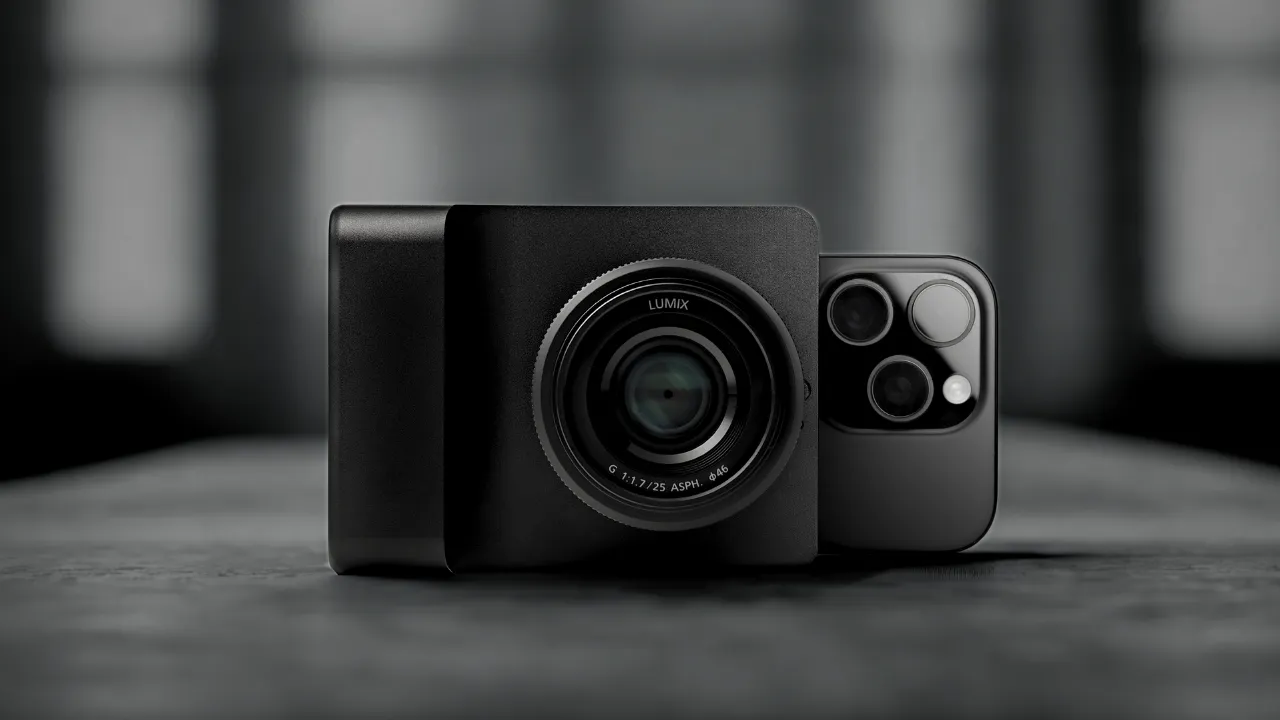
(Image Source: Photo Rumors)
However, Caira has also encountered a barrage of criticism. On one hand, akin to Xiaomi's external optical device, Caira is not a truly independent camera—it relies on a smartphone for processing power and exclusively supports iPhones. On the other hand, its hardware specifications are underwhelming, making it a formidable challenge to compete with established optical giants.
Despite the controversy, Camera Intelligence's crowdfunding campaign for Caira has been a success, and the concept of an 'AI camera' has been embraced by many users as the 'camera of the future.' But can 'AI cameras' genuinely challenge the dominance of Sony, Nikon, and Canon, or even prevent smartphone manufacturers from over-competing in camera hardware?
AI Camera: Computing Ability Trumps Capturing Ability
Caira's hardware specifications are not as poor as some might think.
The camera is equipped with an M43 sensor, supports MFT interchangeable lenses, and features a 5000mAh battery for extended shooting sessions. Notably, its aluminum body includes a grip handle and shutter button but lacks a screen, limiting its use to an external device.
Camera Intelligence designed a dedicated control app for Caira, which connects to smartphones via Wi-Fi. During shooting, Caira attaches magnetically to the back of an iPhone using MagSafe. Currently, Caira only supports iPhones, with Android support postponed indefinitely.
Caira's three AI features are: Smart Filters, Voice Control, and Generative Image Editing. The first two have limited AI involvement—'Smart Filters' offers six presets for customization, while 'Voice Control' allows commands for shutter and recording functions.
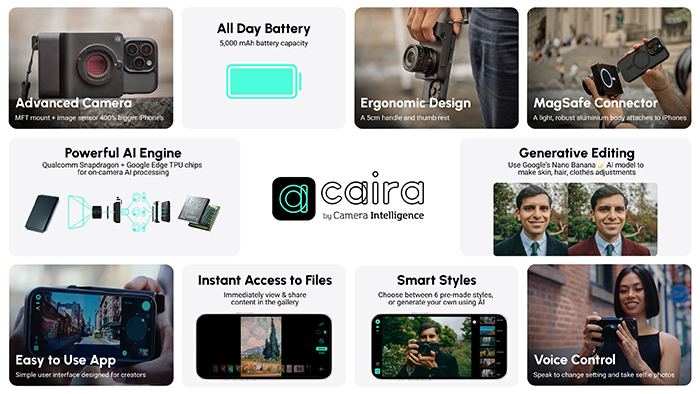
(Image Source: 4/3 Rumors)
Generative Image Editing, however, is fascinating. Caira can modify captured scenes based on user requests, such as transforming a cloudy sky into a sunny one or changing short hair to long hair. These edits are completed during the imaging process.
For most, cameras are serious tools for recording and creation. Caira's generative editing seems to deviate from this traditional view. Camera Intelligence claims Caira is designed for 'creators, travelers, and anyone seeking high-quality content without complex workflows.'
Indeed, Caira significantly lowers the barrier for creators, enabling one-click voice edits without the need for additional AI apps or professional tools. However, this approach may blur the lines between authentic and AI-generated content, potentially sparking controversies.
Nevertheless, Caira's popularity underscores one fact: consumers desire user-friendly, high-quality photography devices.
Making Professional Photography Accessible: AI's Crucial Role
AI's influence in photography extends beyond expectations.
Sony's Alpha II cameras feature built-in AI processing units and AI-driven autofocus for precise object recognition and faster focusing. DJI and Insta360 apply AI to subject tracking, image optimization, and app-based AI auto-editing. For smartphone photography, AI is primarily used to enhance image quality.
AI has democratized many photography tools, particularly smartphones. Modern AI algorithms automatically adjust imaging styles based on skin tones, background lighting, and scene types. In complex scenarios like night photography, backlighting, or portraits, they perform multi-frame exposure and synthesis to deliver clear, natural results—often surpassing unedited professional camera photos. For ordinary users, this means 'good-looking photos' no longer require photography skills but just an AI-capable device.
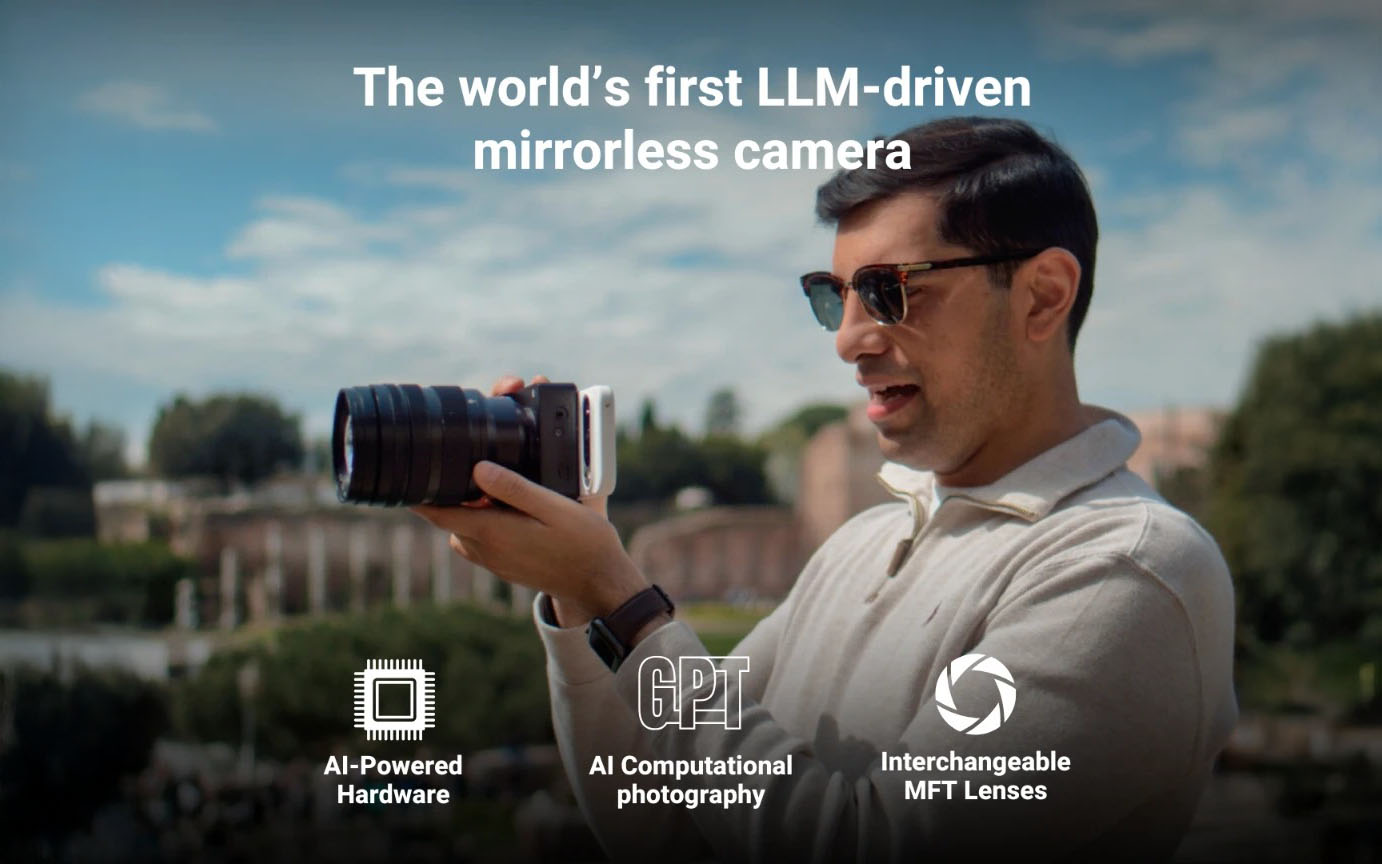
(Image Source: Camera Intelligence)
This trend reflects a significant shift in the imaging industry: AI is transforming 'professional' into 'accessible.' Past advancements focused on hardware—larger sensors, sharper lenses, stronger processors—but now the competition centers on algorithms. Devices that better understand user intent and adapt to scenes like the human eye will deliver a more professional experience.
Traditional camera makers can learn from AI cameras' ecosystem control, such as Caira's app integration and user-friendly operation. Many legacy brands struggle to optimize their camera apps, a key reason why beginners often abandon cameras for smartphones.
Smartphone makers, facing direct competition from AI cameras, could adopt 'external device' models. In an era of homogenized smartphone imaging, relying solely on 'large sensors + high pixels + lenses' is no longer sufficient, especially with similar sensors and algorithms across brands. Perhaps external attachments could enhance the photography experience.
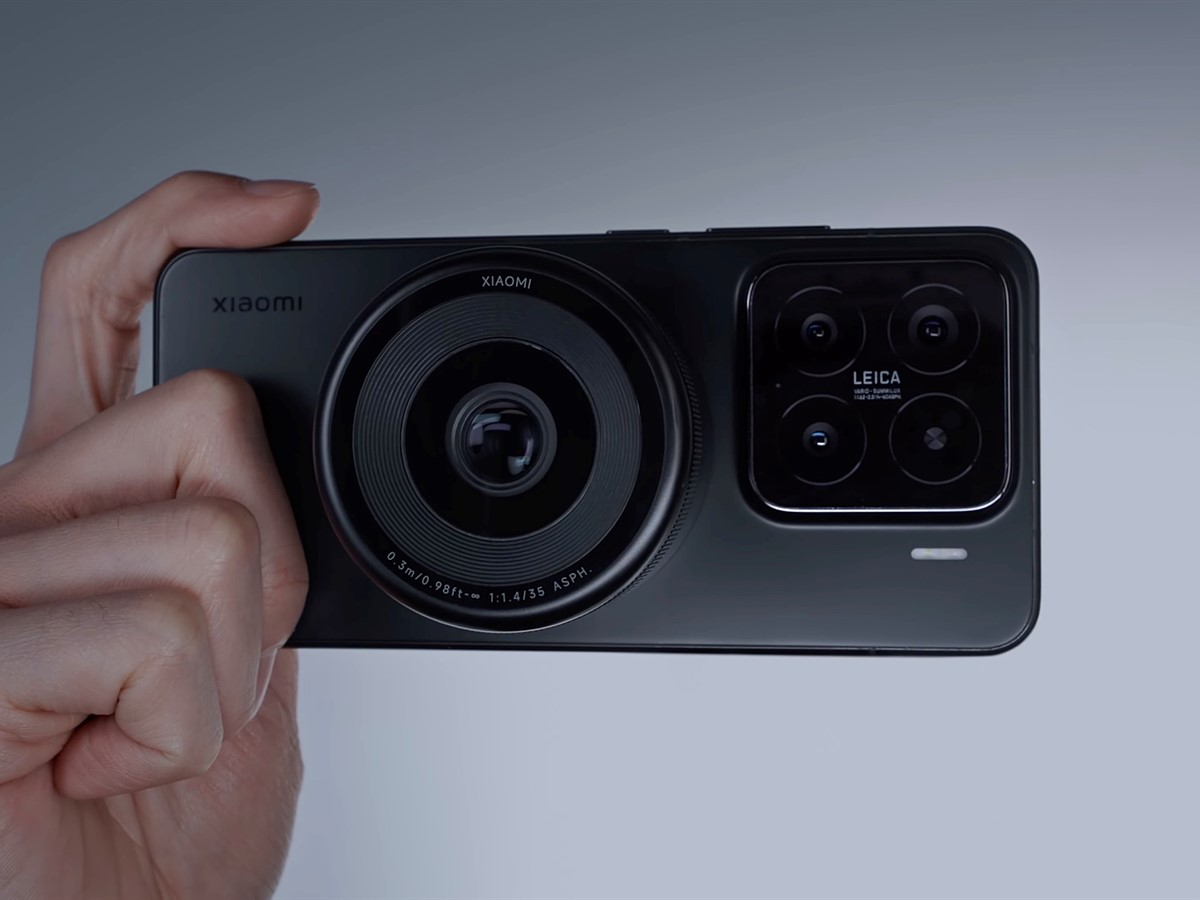
(Image Source: Dpreview)
Currently, vivo, OPPO, and Xiaomi are focusing on external smartphone photography devices, ranging from kits and lenses to flashes. If they draw inspiration from Caira, they could unlock greater creativity for content creators.
While AI cameras offer fresh perspectives for photography, Caira is unlikely to achieve massive commercial success.
Caira Falls Short as a Benchmark for AI Cameras
Despite its crowdfunding success, Caira's parent company has lingering trust issues.
Camera Intelligence, formerly known as Alice Camera, completed a crowdfunding campaign for an 'AI camera' in 2021 but failed to deliver on time. Some backers never received their products, sparking a crisis of confidence.
As a second-gen product, Caira has its own flaws. Beyond its iPhone-only limitation and abandonment of the Android market, its 'AI' capabilities are unclear. Apart from controversial generative photography, it lacks other AI features to justify its AI camera positioning.
Professionally, Caira's M43 sensor is nearly obsolete among mainstream brands. For portability, traditional makers already dominate with compact models like Fujifilm's XM5, Nikon's Z30, and Sony's ZVE10 series.
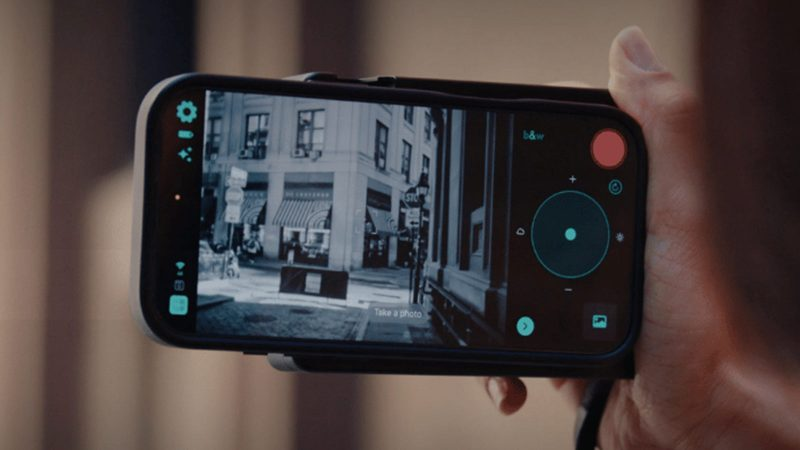
(Image Source: Camera Intelligence)
In terms of ease of use, smartphones set a high bar: 1-inch sensors, 200-megapixel telephoto lenses, and full coverage of 24mm-85mm focal lengths. Paired with stronger AI algorithms, Caira struggles to compete.
More critically, Caira relies on Google's Nano Banna AI model, rather than a proprietary one. If cooperation with Google ends, users could lose this feature entirely—a risk traditional camera makers and self-developed AI smartphone brands avoid.
Is there a market for AI cameras? Absolutely. The success of portable cameras, DJI's Pocket 3, and the smartphone imaging arms race shows demand for simple, user-friendly devices. However, Caira lacks unique advantages to represent AI cameras.
If smartphone makers release similar products, Caira's current technology could quickly become obsolete.





